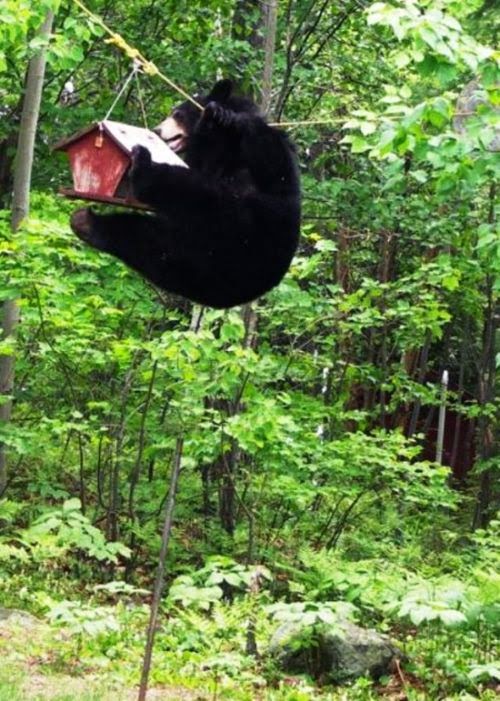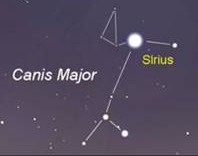Bears are making a comeback in our state and being seen more
frequently in Ridgefield. This is mainly
due to reforestation, which gives bears a wonderful natural habitat. This
is the time of year that bears start to become active again. After their winter nap, the first though on
their minds is food. Bears are
intelligent animals with keen sense of smell and hearing. They also have good memories. If they found food somewhere before, they
tend to repeatedly revisit the area. Birdfeeders,
especially those that contain black oil sunflower seeds are an immediate
draw. This is ideal food because it
contains high levels of fat and protein, factors missing in a bear’s natural
springtime food sources. If you wish to
avoid a bear incident in your yard, here are some tips to follow: Now is the time to take down your birdfeeder
and rake up all spilled birdseed. If you
compost, do not put meats or sweet-smelling fruit rinds in it. Sprinkle lime on your compost pile to reduce
the smell and discourage bears. Do not
leave pet food outside overnight and store livestock food in airtight containers. Secure
all garbage in airtight containers and store it inside a secure shed or garage. Dumpsters should have metal locking tops and
doors. Bears tend to feed at night (but
can be active during the day). Putting
out you garage in the morning for pickup will avoid overnight visits from all
forms of wildlife. Clean grills after
every use and store inside. Most
importantly: DO NOT FEED BEARS. Spreading the word and hopefully your
neighborhood will be bear free. If you
do see a bear on property, leave it alone.
Wait for it to leave and remove whatever attracted it. In order to better manage bears, the State
DEP requests that you report bear sightings to:
http://www.depdata.ct.gov/wildlife/sighting/bearsight.asp. By avoiding interactions between bears and
humans, you can save a bear’s life. When
a bear becomes labeled a “nuisance bear”, unfortunately it will likely to be
put down. Relocation has limited
results.
Friday, March 28, 2014
Monday, March 24, 2014
Tuesday, March 11, 2014
Canis Major
In early March 2014, an hour after
sunset, you can see 4 very bright points of light in the southern half of the
sky. Jupiter, currently in the
constellation Gemini, is the brightest of these. South and somewhat west of Jupiter is the
last month's Constellation of the Month, Orion.
It has two very bright stars, Betelgeuse and Rigel.
The southernmost bright object is
Sirius, the Dog Star, in the constellation of Canis Major (Big Dog). Sirius is the brightest star in the sky -- at
any time of year, northern or southern hemisphere. It is almost as bright as
Jupiter right now. Although Sirius
appears noticeably brighter than Betelgeuse in Orion, it is only 23 times as
bright as the Sun. Betelgeuse is 40,000
times brighter. So Sirius is much closer -- only 8.6 light years (about 50
trillion miles) away.
The band of the Milky Way passes
through Canis Major, although it is less prominent there than in the
"W" Cassiopeia in the North and the summer constellations. This is
because when we look at Canis Major, we are looking away from the center of the
Milky Way galaxy, and there are fewer stars along the plane of the galaxy in
that direction.
Monday, March 3, 2014
Subscribe to:
Posts (Atom)





